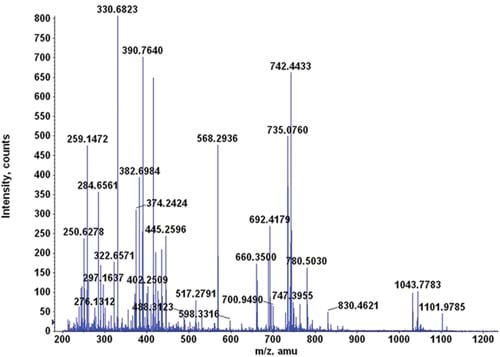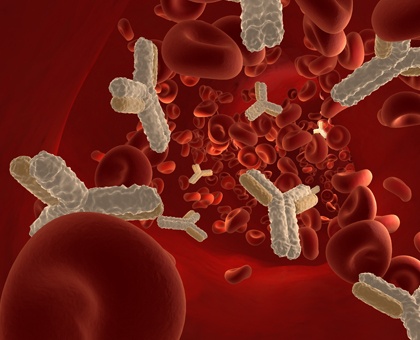In mass spectrometry-based proteomics, nothing comes close to trypsin in breaking down protein mixtures into peptide fragments. In fact, protein researchers consider trypsin as the runaway winner when it comes to protease activity and specificity – and there are a lot of good reasons why they do.
The Protein Man

Recent Posts
The Advantages of Using Trypsin for Mass Spectrometry
Topics: Mass Spectrometry
When it comes to labeling your antibodies for downstream application requiring signal detection, you have two choices. You can either go for the direct approach or the indirect approach. How do you know which method to use? Here are some things you need to know to make sure you pick the right method for the intended application.
Topics: Antibody Production, Protein Labeling
Expression of recombinant proteins with peptide or protein tags is widely used in protein research for three main reasons, ease of purification from a large pool of host proteins, enhancing solubility of the protein and for localization studies. Some important steps to be considered while choosing an expression vector are compatibility of tag sequence with that of the desired protein, codon usage, including linker sequences, peptide cleavage sites and the impact of the tag on the nature of desired protein. Various tags are used ranging from large proteins (Maltose Binding Protein {MBP}) to small peptides (Hexa (6X) Histidine). Tags can be added to either N-terminal side or C-terminal side of the desired protein.
Topics: Protein Purification, Molecular Biology
8 Techniques to Clone A Gene: Which Method is THe BEst FOr You?
Gene cloning is one of the most important steps in recombinant DNA Technology. Now-a- days researchers are using different cloning techniques depending on purpose, time, cost, ease of use and availability of resources. A few of the techniques are briefly explained below.
Topics: Molecular Biology







